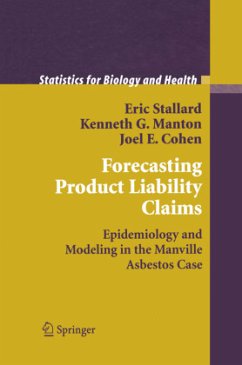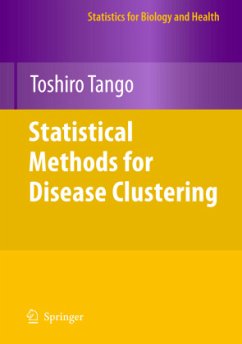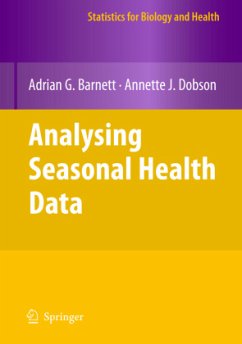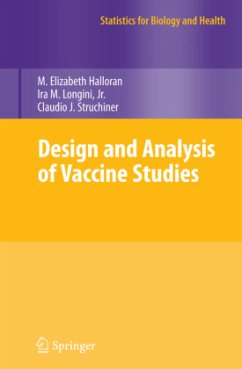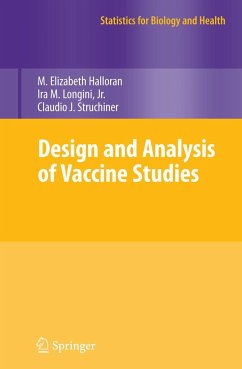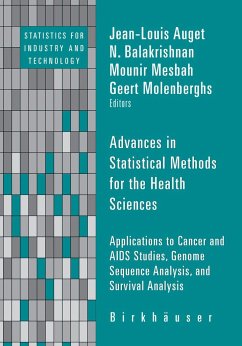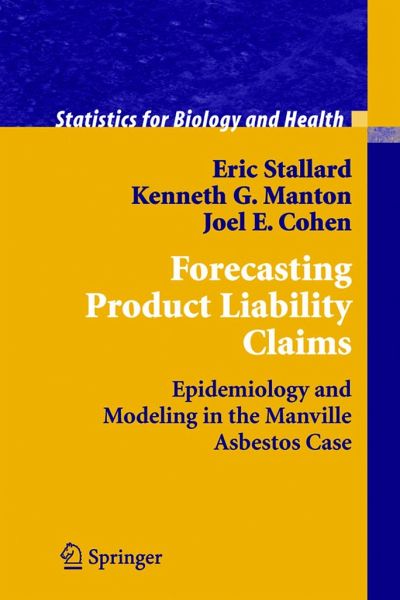
Forecasting Product Liability Claims
Epidemiology and Modeling in the Manville Asbestos Case
Mitarbeit: Weinstein, J. B.
Versandkostenfrei!
Versandfertig in über 4 Wochen
103,99 €
inkl. MwSt.
Weitere Ausgaben:

PAYBACK Punkte
52 °P sammeln!
I write this foreword for two reasons: first, to acknowledge the gratitude of our court system to scientists willing to lend their talents to forensic tasks, and of myself, in particular, for the pathbreaking work of Eric Stallard, Kenneth G. Manton, and Joel E. Cohen in the Manville Asbestos Case; and second, because their work suggests both great strength and utility in their statisti cally based design and its limitations in predicting events strongly affected by political and social choices that are difficult to foretell as well as by de mographic and epidemiologic factors that can be prop...
I write this foreword for two reasons: first, to acknowledge the gratitude of our court system to scientists willing to lend their talents to forensic tasks, and of myself, in particular, for the pathbreaking work of Eric Stallard, Kenneth G. Manton, and Joel E. Cohen in the Manville Asbestos Case; and second, because their work suggests both great strength and utility in their statisti cally based design and its limitations in predicting events strongly affected by political and social choices that are difficult to foretell as well as by de mographic and epidemiologic factors that can be prophesied with somewhat more confidence - at least in the short term. It is by now almost axiomatic that almost every important litigation in the United States requires experts to help judges and juries arrive at an under standing of the case sufficient to permit a sensible resolution within the flexible scope of our rules of law. The Supreme Court has laid down useful rough cri teria for the courts in assessing the capability of proffered experts beginning 1 with the Daubert line of cases. It has also allowed the courts to appoint ex 2 perts to supplement those designated by the parties. Dr. Joel E. Cohen and Professor Margaret E. Berger were appointed by me in the Manville asbestos cases pursuant to Rule 706 of the Federal Rules of Evidence to help project future claims. Discovery provisions have improved utilization of experts by 3 requiring advance reports and depositions.





